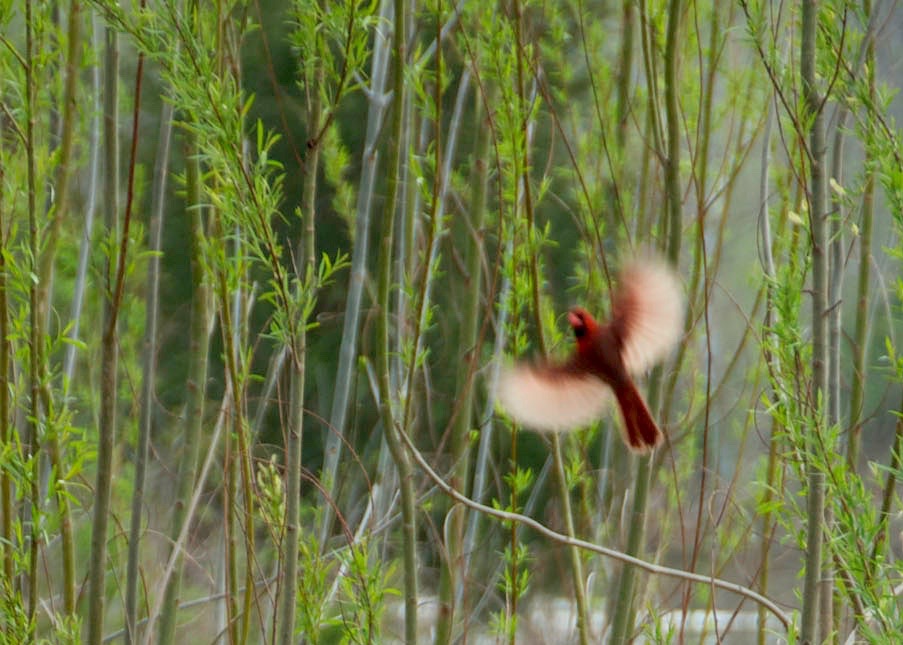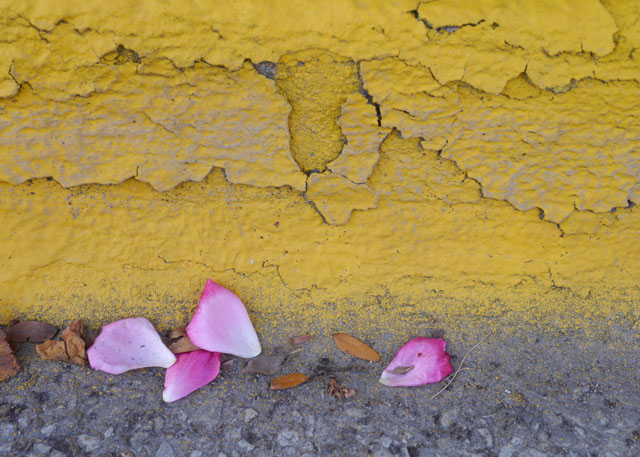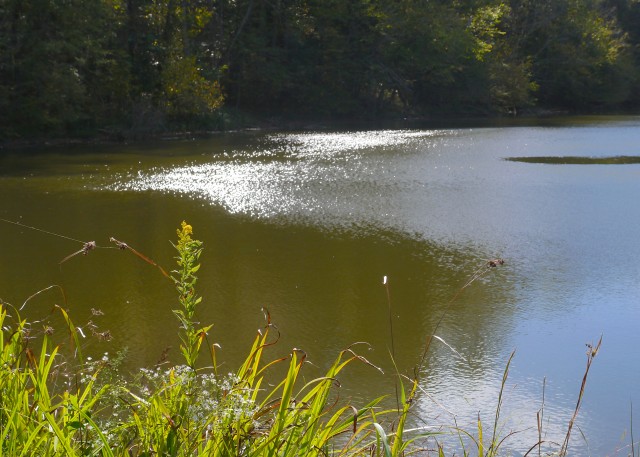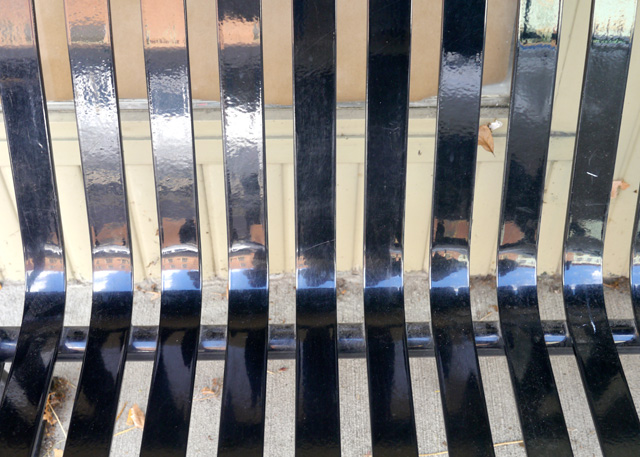
At Bethany Spring
** Books mentioned have Amazon affiliate links, meaning I make a few cents if you purchase through my link. I only recommend books that I’ve read.
There’s nothing like spending a weekend at a retreat center to recharge. Bethany Spring in Kentucky is such a place for me and I’ve been lucky to both attend and facilitate retreats there. Besides its rustic atmosphere and surrounding bucolic landscape, it sits less than a mile from the Abbey of Gethsemani where one of my mentors in seeing, the Trappist monk Thomas Merton, lived most of his life.
Merton (1915-1968) was a contemplative monk, poet, photographer and arguably the most influential Catholic author of the 20th century. His classic book, The Seven Storey Mountain, about his conversion to Catholicism, struck a chord with millions. And, his writings in the fields of contemplative and eastern spirituality still resonate almost fifty years after his death.
I relate to this man in so many ways – as a photographer, lover of nature and solitude, and through his interest in contemplative spirituality. During a Bethany Spring retreat last weekend, we felt his energy and recited his words. We practiced pausing, focusing, and connecting through our photography.
The Power of the Pause

Feeling Happy/Sad
The first evening we discussed the power of the pause – stopping or slowing down and checking in with ourselves, noticing sensations, thoughts, and feelings. The image above stopped me in my tracks. The brilliant colours lifted my spriits, while the fallen petals suggested a tenderness of time passing.
“We’re so obsessed with doing that we have no time and no imagination left for being. As a result, people are valued not for what they are, but for what they do or what they have – for their usefulness.” ~ Thomas Merton
Pausing is a necessary first step for seeing what’s really there in the moment. It’s a time to check in with ourselves and what’s resonating.
Focusing our Attention

The pond at Gethsemane
Merton was the master of attention, as shown by Robert Waldron in his book with the same name. We practiced widening our awareness of our surroundings, and then we focused our attention on what was most important. We saw how everything is in relationship.
“Life is this simple; we are living in a world that is absolutely transparent and the divine (or sacred or essence) is shining through it all the time. This is not just a nice story or a fable; it is true.” ~ Thomas Merton
I spent some time at the pond where Merton use to walk and have conversations with friends. Staying in one place for an extended period allowed me to watch how the sun and wind interacted with the water. Every once in awhile, the sun would peek through the clouds, and a gust of wind would ripple the water, causing sun streaks to dance around the pond. It’s something I wouldn’t have seen if I hadn’t stopped to pay attention.
Making the Connection

Reflecting
Merton said that the quality of our lives depends on the quality of our relationships – with Source, nature, ourselves, and others. A photograph is the connection or relationship between photographer and subject.
“We are already one. But we imagine that we are not. And, what we have to recover is our original unity. What we have to be is what we already are.” ~ Thomas Merton”
I highly recommend spending time in this area of Kentucky. Bethany Spring is a small retreat center (for individuals or groups), hosted by Rick and Val Furman. The hospitality, home-cooked food, and scenery makes for a wonderful time away. Below is a short video created by our group from the weekend.
Read about previous trips to Bethany Spring here and here. I also recommend reading Merton.
The Thomas Merton Center (located at Bellarmine University in Louisville, Kentucky) is the official repository of Merton’s artistic estate which includes over thirteen hundred photographs and nine hundred drawings in addition to his writing.
The video is moving and calming. Beauty is everywhere , in everything.
Isn’t it? I was amazed a the contemplative feel that everyone brought to their time there.
I was just transported back to the retreat watching the video..breathing in every moment and all the sensory nourishment. My spirit continues to be filled with the soul touching journey you gifted us with. Peace.
Thank you, Rebecca. It was an honour to meet you and you helped make the weekend what it was.
Kim, I can never thank you enough for teaching me to pause, focus, and connect. I need to remind myself often, but it has changed me. The video is both beautiful and calming. I also love the music!